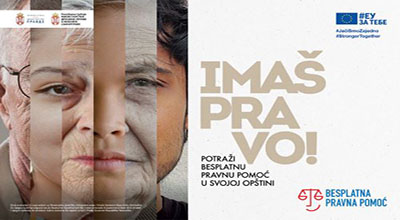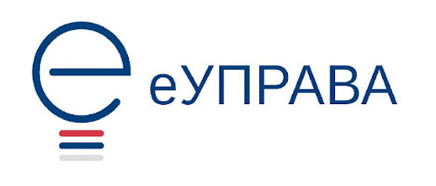Члан Већа општине Вождовац задужен за спорт Милан Тодић, у просторијама Градске општине Вождовац, угостио је генералног секретара ФС Љубљане Санди Крањеца.
Циљ ове пријатељске посете је развој спортске сарадње између Вождовца и Љубљане. Узајамном посетом могла би да се допринесе боља будућност у глобалу у свим сегментима спорта.
Ради заједничког доприноса, разговарали су о актуелној ситуацији и створили опцију усмеравања ка стицању идеја о ономе што може бити учињено. Пружање подршке младим спортистима, организацијa спортских манифестација различитих спортских грана, може да буде почетак једне корисне сарадње у области спорта.
Овој пријатељској посети присуствовао је и Владета Томић, бивши селектор аматерске репрезентације ФС Београда.




